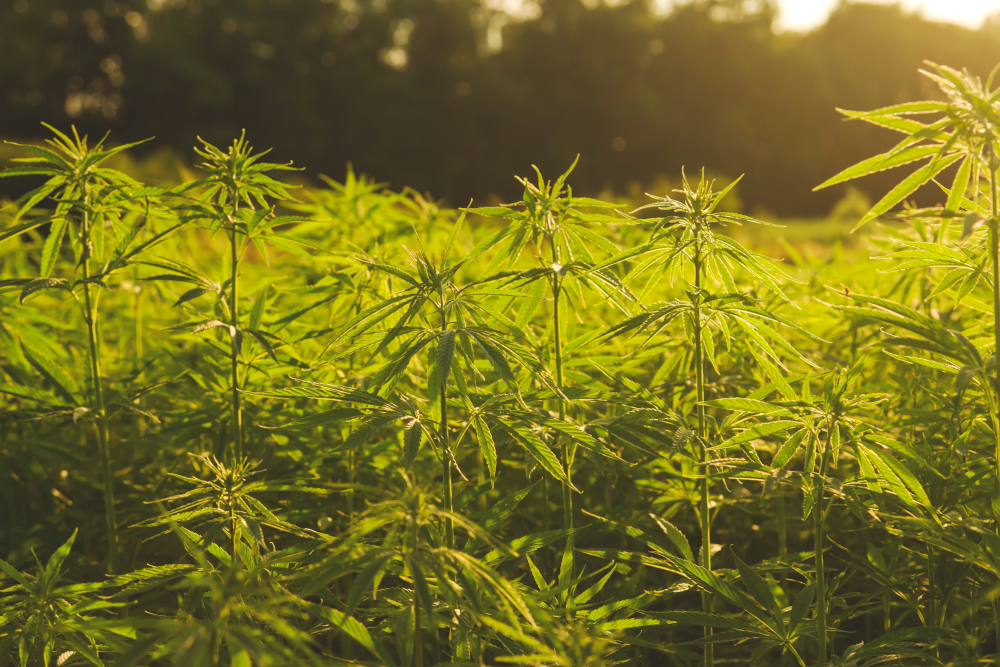Canadian health officials are seeking public comment on proposed guidance for pesticides used on marijuana and industrial hemp, suggesting the expansion of cannabis cultivation could bring greater pest control problems.
Regulator Health Canada said it is especially looking to identify risks from ingestion or from inhalation due to smoking or vaping of products made from crops that have been treated with either a biopesticide or conventional pesticide.
Cannabis growers in Canada have historically used microbial products and biopesticides such as canola oil, sulphur, or garlic powder to control pests.
Risks identified
“However, as the industry expands, producers of cannabis (marijuana) and industrial hemp crops could face serious disease, insect and weed pressures, which may require the use of conventional chemical pesticides for adequate control,” according to the guidance, from Health Canada’s Pest Management Regulatory Agency.
The proposed approach to pesticides addresses types of growing sites and information needed to support an application for pesticide use based on intended crop end products.
“The assessment of inhalation and dietary risks is necessary for the registration of pesticides to evaluate the human health risks associated with consuming cannabis and industrial hemp products/commodities that have been treated with pesticides,” the guidance observes.
The guidance applies to both greenhouse operations and field-grown crops.
Labeling requirements
Statements prohibiting certain uses of crops treated with pesticides are to be included on pesticide labels if the risks related to those uses have not been evaluated or have resulted in unacceptable risk, according to the guidance.
Product labeling must also include warnings not to feed industrial hemp treated with pesticides to humans or livestock, or to use treated plants for smoking or vape products.
Health Canada has invited the public and stakeholders to submit written comments on the proposed guidelines. The deadline is 60 days from Aug. 8, 2024, the date of publication of the guidelines.
Shrinking fields
Licensed hemp fields in Canada last year hit their lowest level since Health Canada started tracking the crop in 2018, with 11,861 hectares (29,309 acres) recorded, down from 13,589 hectares (33,579 acres) in 2022.
The grain sector continued to dominate production, with 51% of hemp fields dedicated to that output; crops grown for fiber accounted for 30.1% of the total. Both subsectors saw hectarage fall by more than half in 2023 compared to the year previous.

